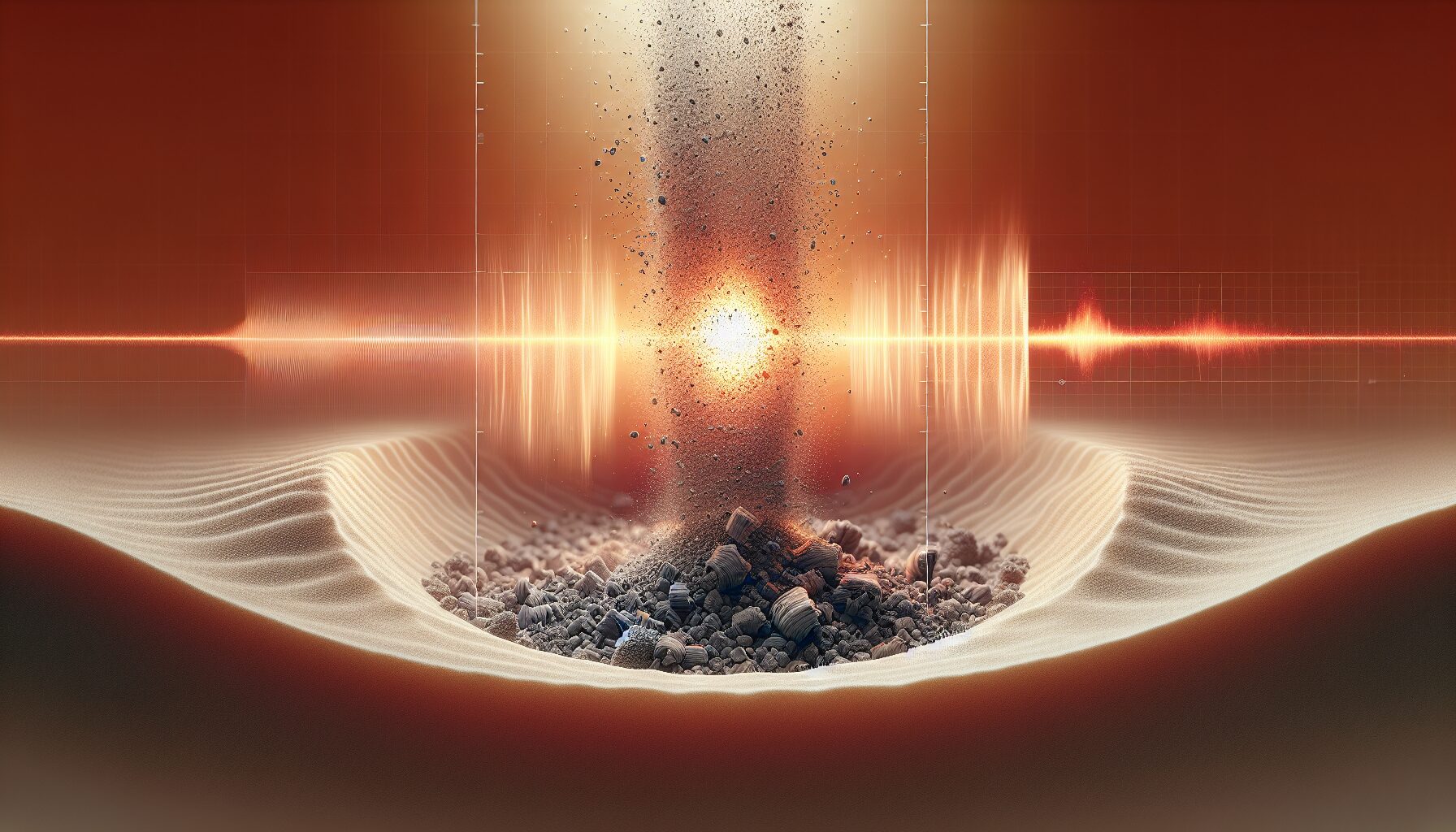For centuries, humans have turned to cremation as a dignified end-of-life choice. At its core, cremation is a fascinating intersection of science and cultural practice, utilizing heat and light to return a body to its simplest elements. But what exactly occurs during this process and how has modern technology refined it?
The Process of Cremation
The essential premise of cremation is straightforward: using high temperatures, organic material is reduced to ashes. This transformation occurs within specialized chambers known as cremators, which are capable of reaching temperatures between 1400 to 1800 degrees Fahrenheit (760 to 982 degrees Celsius).
- Primary Combustion: This initial stage involves the breaking down of soft tissue. The intense heat causes the water in the body—comprising approximately 60% of our mass—to evaporate, while the organic matter combusts and vaporizes.
- Secondary Combustion: Following the primary phase, this stage focuses on any remaining larger particles and bone matter. At this point, what remains is primarily calcium phosphates and minerals, which form the bone fragments.
- Cooling and Ash Processing: Once combustion is complete, the remains are cooled. These large fragments are then reduced to the fine powder commonly referred to as “ashes” through a mechanical device known as a cremulator.
What results is a set of “cremains” or cremated remains, typically weighing between three to seven pounds, depending on the individual’s body composition.
The Physics Behind Cremation
Understanding cremation fully requires a glimpse into the physics behind combustion. When subjected to extreme heat, a process known as pyrolysis occurs. Pyrolysis is the thermal decomposition of materials at elevated temperatures in an inert atmosphere. It’s a crucial step, wherein organic compounds break down into gases, charcoal, and tar.
Another key factor is the role of oxygen. Unlike open combustion that might occur in a natural environment, cremation takes place in an oxygen-controlled chamber. This setting ensures a more complete and efficient combustion while minimizing smoke and odor.
Evolution of Technology in Modern Cremation
The modern cremation process takes its roots from the late 19th century, when Professor Brunetti presented a working model of a cremation chamber at the Vienna Exposition in 1873. Since then, the technology has evolved to become a precise and efficient process, often integrated with state-of-the-art filtration to reduce emissions.
The introduction of direct fire cremation was a breakthrough, allowing for faster and cleaner operations. Advances such as computer-controlled monitoring systems help manage the temperature and duration of the cremation process, ensuring environmental standards are met while respecting the deceased.
“Crematories today are at the forefront of eco-friendly measures, often employing advanced filtration systems and energy-efficient designs,” notes the Cremation Association of North America.
Cultural and Ethereal Significance
Beyond science, cremation holds profound cultural and spiritual significance. In various cultural traditions, it symbolizes purification and the release of the soul. In Hinduism, for instance, cremation is a vital religious rite, believed to help the soul transit from one life to another. The ashes are often scattered in sacred rivers, signifying the cycle of life and rebirth.
Similarly, in Buddhist practices, cremation is a testament to the impermanent nature of life, reminding adherents of the transient nature of physical existence.
A Sustainable Choice?
With the green movement gaining momentum, cremation is often highlighted for its reduced land usage compared to traditional burial. However, the environmental impact of cremation—due to carbon emissions from burning fuels and the release of mercury from dental fillings—remains a point of concern.
In response, industry innovations such as water cremation, or alkaline hydrolysis, have emerged as eco-friendlier alternatives. This process uses a combination of water, heat, and alkali to break down the body, resulting in lower energy consumption and fewer emissions.
“The future of cremation will be defined by a balance between technology, tradition, and sustainability,” states renowned environmental scientist Dr. Matthew Green.
Conclusion
Cremation, harnessing the elements of heat and light, is a complex yet efficient process grounded in science and tradition. As technology continues to advance, so too will the methods of this time-honored rite, promising a future where reverence for the departed aligns with care for our environment.

Comments